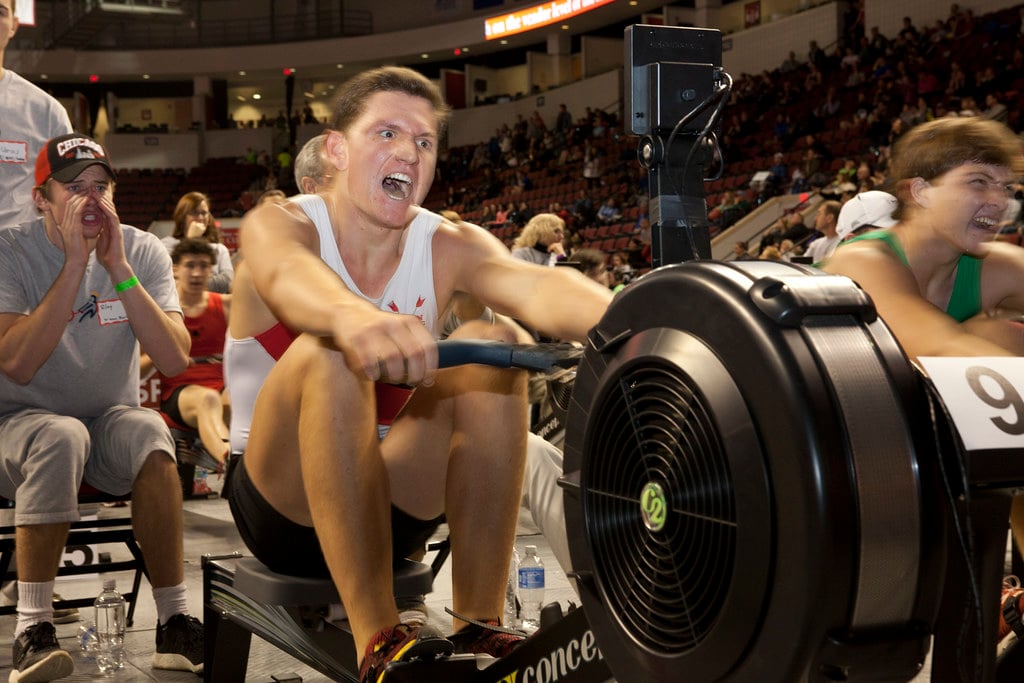Fly and Die: Strategies for Pacing
Jan 19, 2018
Share


It’s a common “strategy” (or misjudgment) for a workout: you go out hard, hope to hang onto your best pace, but find that you just can’t maintain your pace. “Fly and Die” is a popular term for starting out a workout so fast that you’re unable to finish at that pace. You “fly” at an unbelievable pace only to “die” from it physically and emotionally.
The “die” of the “Fly and Die” is a physiological response—and a painful one. The body goes into oxygen debt, produces lactate, and hurts. It’s a fatigue that some athletes can push through but more often “kills” what otherwise looks like a personal record setting pace. The mental response to this physical reaction can be similarly painful. It always feels great to pull fast numbers, but reality and humility often set in once these prove to be unsustainable.
“Fly and Die” is often a first-time racing strategy. It can be difficult to know what you’re capable of, so you start out strong and do your best to keep up with it! Adrenaline often contributes to high stroke rates and an initial sprint, especially during the excitement of racing.
Here’s the good news: There are many options to completing a race distance in the fastest time possible. You may like to sprint at the start, or sprint at the finish, or you figure out that you’re best at maintaining an even pace. We discuss these different Race Plans for competition. If you’re racing, or doing an “erg test,” practice different pacing strategies to see what works best for you. For a 2k, I’ll share mine:
- Start. The flywheel is stopped at the beginning of a race, so it requires some fast quick motions to get it spinning at a race pace. I typically do a racing start as I do in my single rowing shell: ½ stroke, ½ stroke, ¾ stroke, ¾ stroke, lengthen, full stroke. These “1/2” and “3/4” strokes use half (or three-quarters) of the total length of my stroke by coming up the recovery of the slide only half way. My knees are not fully compressed. This allows me to get the flywheel spinning without it feeling heavy. (Some athletes also use arms only or other similar short quick strokes to overcome the flywheel’s inertia.)
- Power Ten. I allow my next ten strokes to be hard and fast. This happens naturally from adrenaline. I limit these high fast strokes to only ten so that I don’t fatigue too early.
- Settle. After the first 10–15 strokes, I try to settle into my goal pace. I watch my pace per 500m but also try to relax to a rate of 30–34 spm. My goal is to row a pace where I can breathe and focus.
- Halfway. I keep my eye on the distance ticking away. The first 500m often goes quickly with the start and power ten. The second 500m I push to the halfway mark. The third 500m of the race hurts the most. Always. If I see my pace slipping away, I try to bring it back to my goals, or I make a mental note to readjust. Sometimes, I need to allow my pace to slow by two seconds or so while I take a physical assessment of how I’m feeling.
- Finish Strong. I always look to the last 250m, where there will only be 25–30 strokes left. I count these out in my head. My goal is to sprint the last 100m with a power ten (which is sometimes a power twelve!). The end is near!
Whatever your race strategy, we wish you strong strokes!
Recent Posts
Tags: